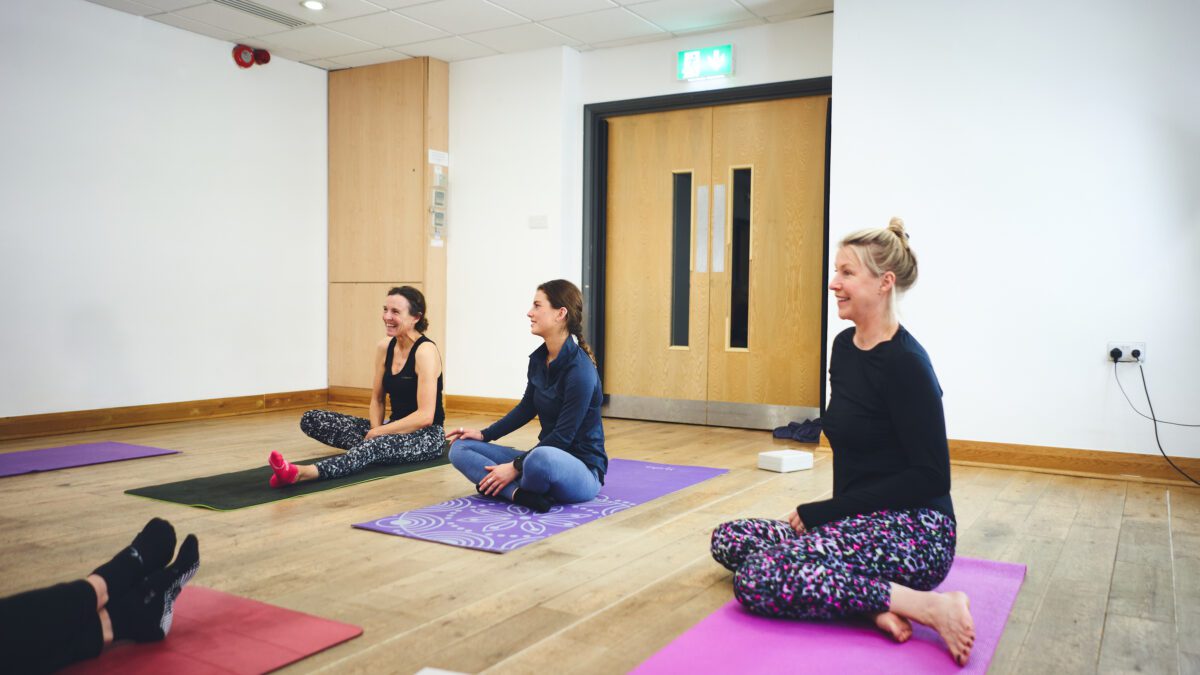



Weakened pelvic floor muscles present daily challenges for postnatal, menopausal, and ageing women across the world. However, a physiotherapist in Verbier, Switzerland has created some promising results using Whole-Body EMS.
Whether worrying about where the nearest toilet is, or cautiously avoiding exercise that is too dynamic, women everywhere can suffer due to the weakening of the pelvic floor muscles that operate bladder control. At-home exercises and TENS electrical stimulation have been shown to help and it is also thought that a pelvic floor assessment will become part of NHS postnatal care in the future.
Newer research findings show correlation between the feet, buttocks, and pelvic floor muscles. A review of evidence by researchers in Spain in 2020 suggested that reduced flexibility in the foot arch is one factor that may explain the increased risk of urinary incontinence noted in elite female athletes, such as gymnasts and ballerinas.
Even the way a person breathes and walks – or the tightness of their shoes – can affect how well they can engage the muscles. This is because the diaphragm (the muscle that sits below the lungs) pushes down onto the pelvic floor muscles, so even a slight change to the foot arch can have a knock-on effect on the position of the pelvis.
As it is very difficult and also unhelpful to place resistance directly on the pelvic floor muscles to build strength / increase activation, especially after childbirth, this problem becomes difficult to solve with traditional exercise. At a physiotherapy clinic in Switzerland, Whole-Body EMS is being applied to strengthen the pelvic floor and abdominal wall muscles with excellent results.
With electrodes placed over 12 major muscle groups in the body, EMS provides a high intensity, yet low impact full body workout. During a 20-minute EMS training session, impulses are applied to the abdominals and also to the calf muscles in order to stimulate the tibialis posterior nerve. This nerve causes the pelvic floor muscles to contract.
While this is a very new application of EMS, Sofie Royer, Physio and XBody Clinic Owner is confident about the results she has seen so far. Sofie explained: “Women come to me for overall body transformation, with a desire to reduce fat across their body.”
“EMS helps to quickly increase the muscle:fat ratio and improves the distribution of fat across the body. Many of my female clients are mothers who are 50+. Around 60% of them suffer from urinary incontinence that affects their daily lives. Within 3 to 6 weeks, my clients are seeing a huge improvement in their bladder control from just 2 weekly EMS sessions. These sessions incorporate targeted calf stimulation along with the full body workout.”
In conclusion, it’s exciting to see these new and powerful applications of EMS creating real, tangible results for women. While no research has been done to prove the effectiveness of the use of electrical impulses on the tibialis posterior nerve, Sofie hopes that one day this knowledge will enter the mainstream to help women all across the world.
To find out more about the benefits and applications of EMS training or to book a private XBody showcase at your location, get in touch with the XBody UK team via our Future Fit Ambassador Pippa Turley!
Blog written by our partners at XBody.